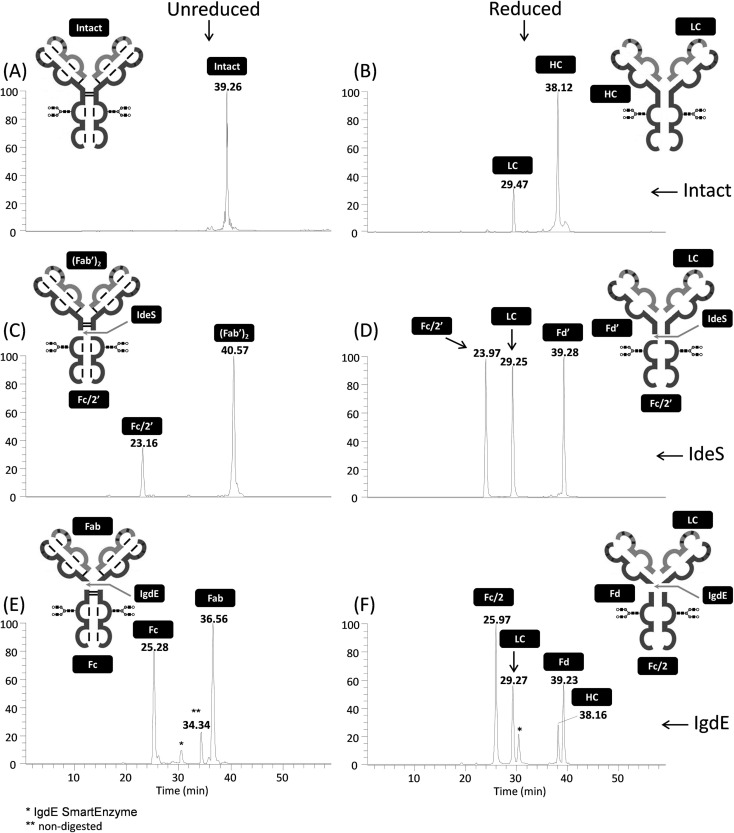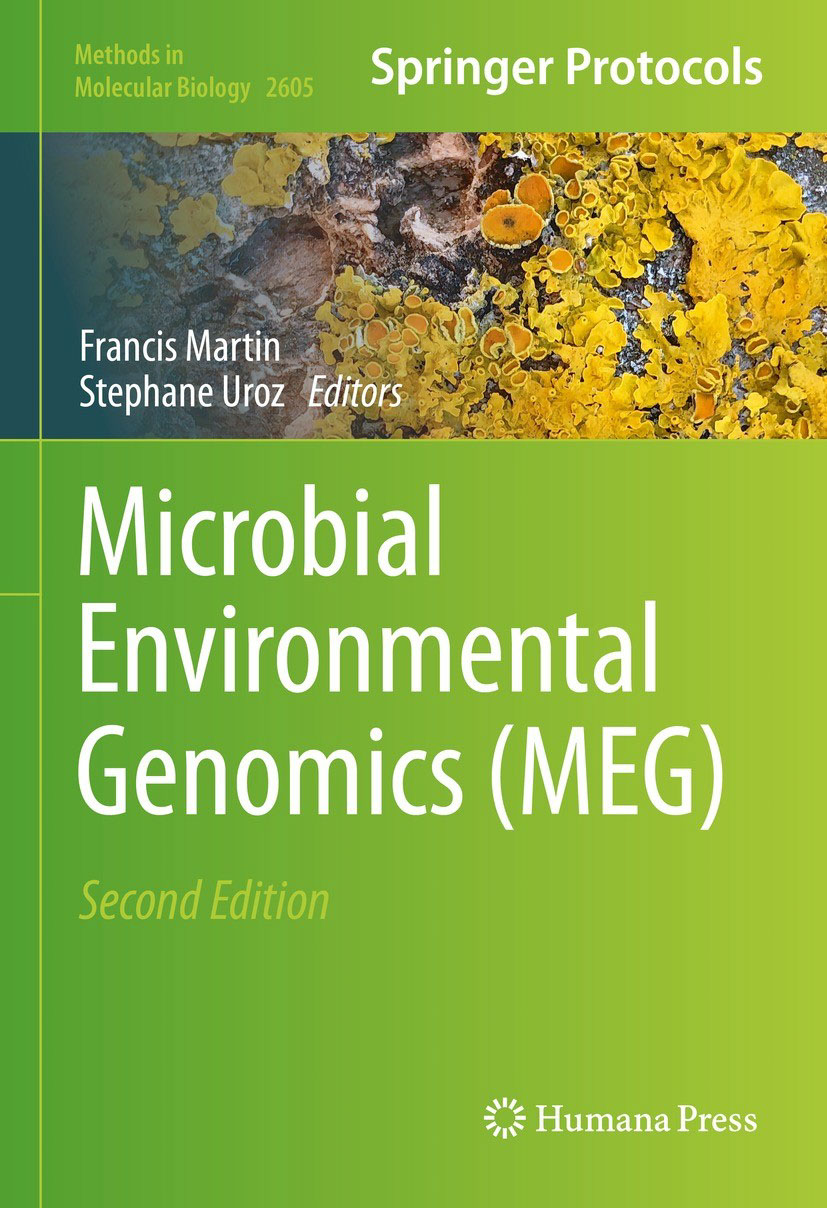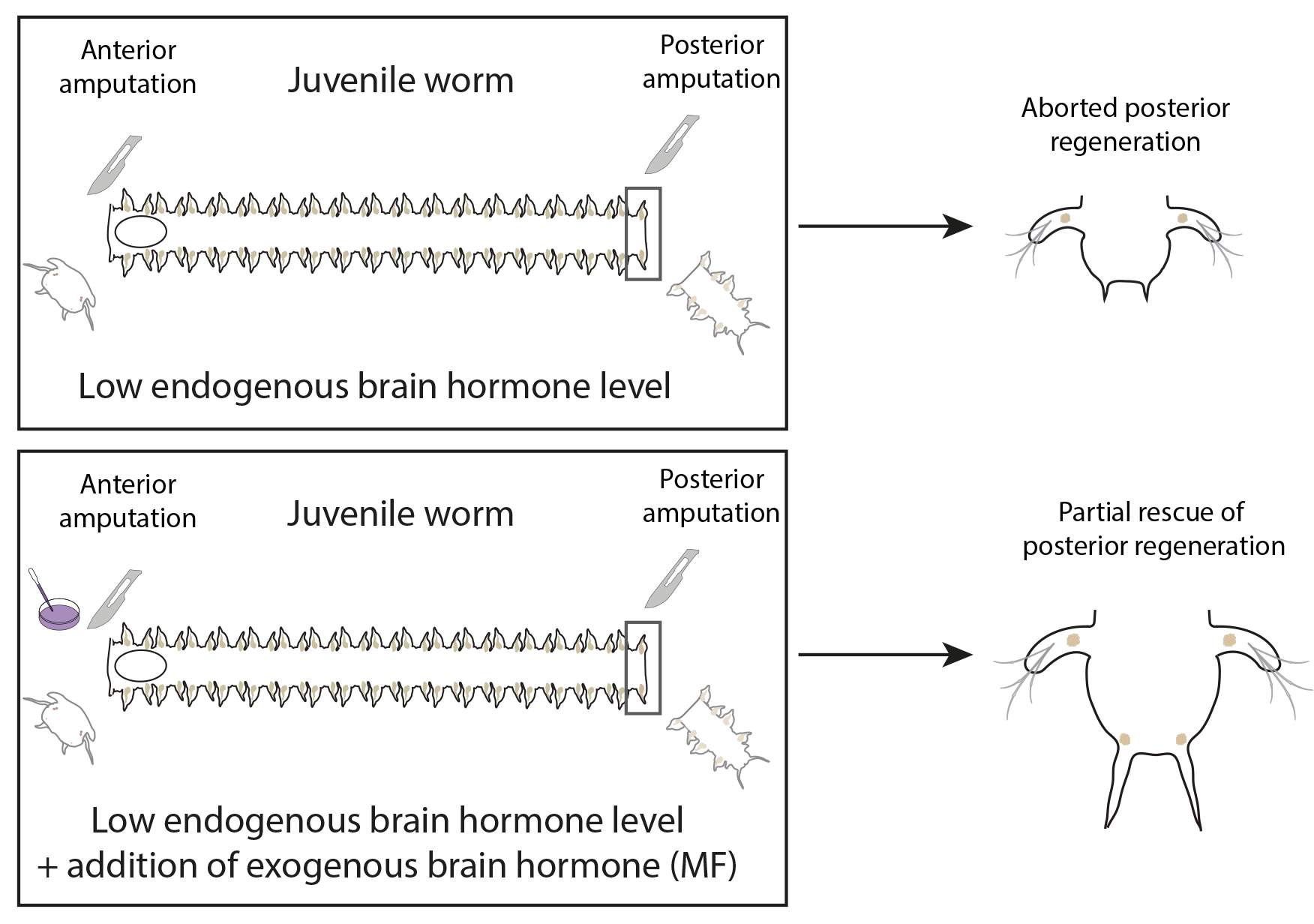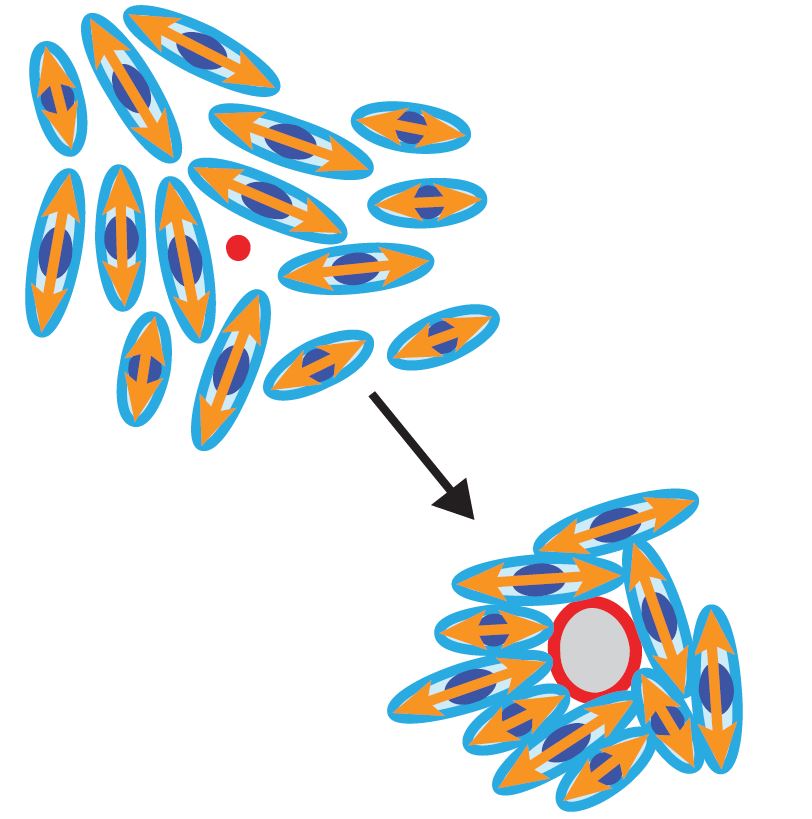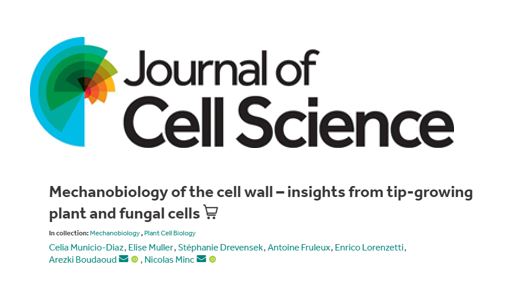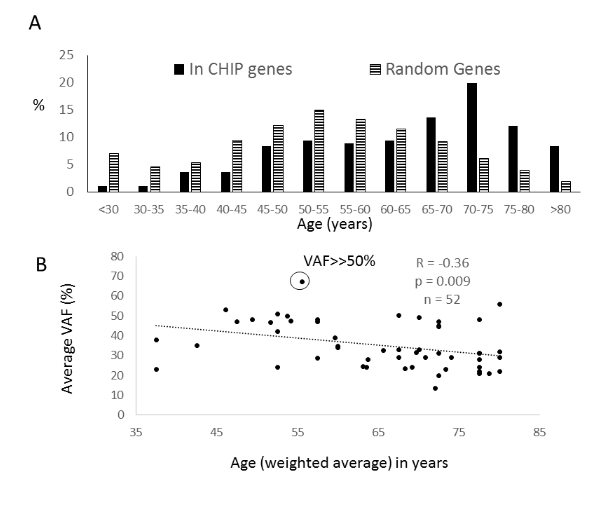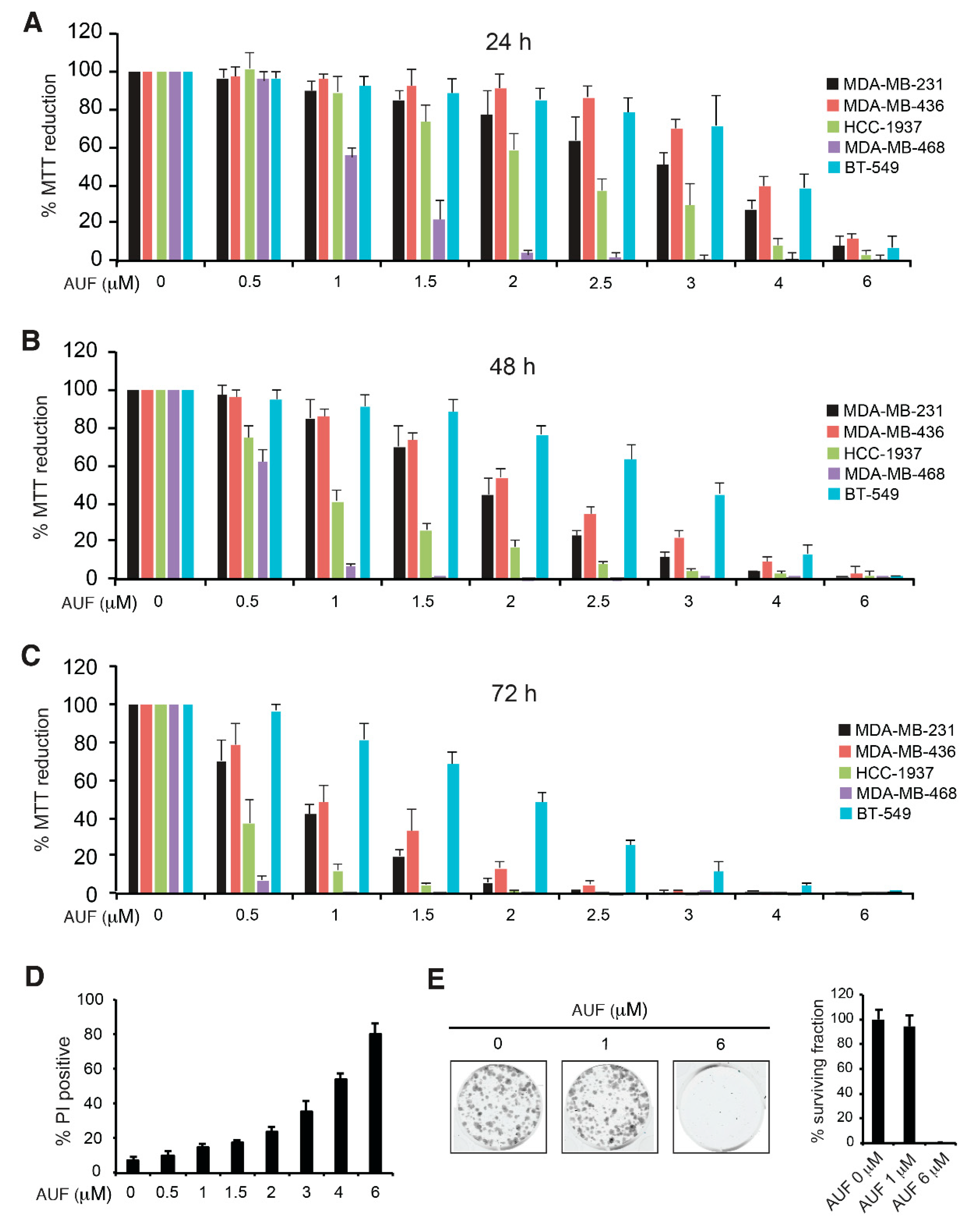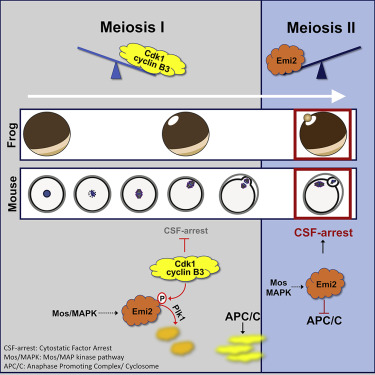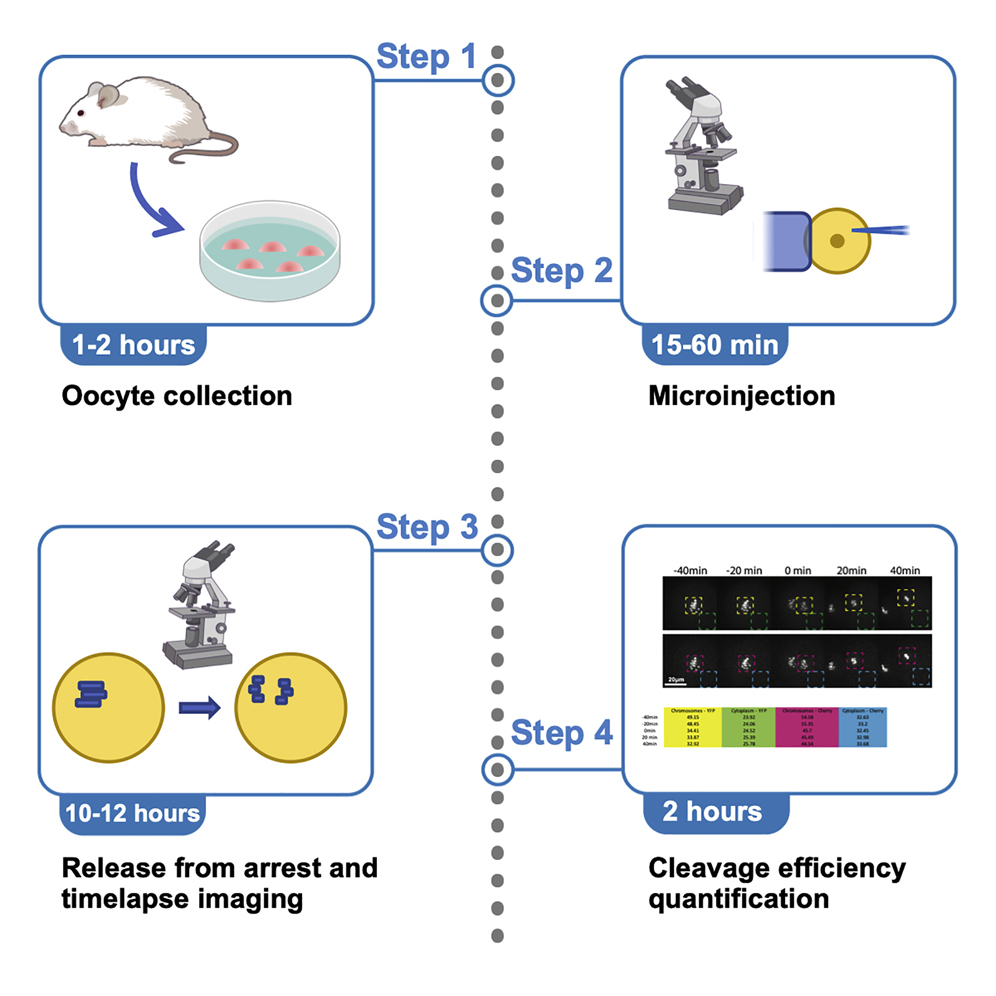La plateforme Protoseine vient de publier un nouvel article dans Journal of Chromatography B :
Capillary liquid chromatography coupled with mass spectrometry for analysis of nanogram protein quantities on a wide-pore superficially porous particle column in top-down proteomics
Abstract
In top-down proteomics experiments, intact protein ions are subjected to gas-phase fragmentation for MS analysis without…
